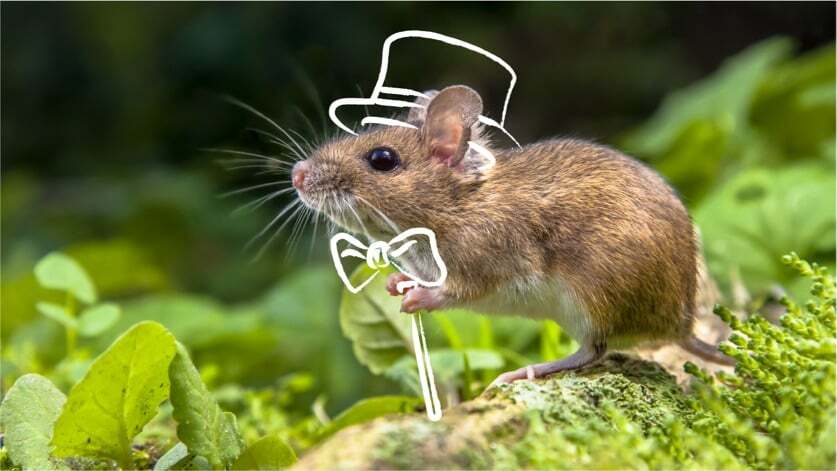Elementary Writing: Animal Stories provides a gentle and flexible framework to open children's minds to an examination of literature and to offer them age-appropriate opportunities to write. Class readings and activities plant the seeds of literary analysis and critical thinking by engaging in thoughtful appreciation of the elements at play in animal stories. Young children partner with adults at home to experience a heightened enjoyment of literature that comes from pausing to reflect, examine, and play with ideas and words.
Children embody age-appropriate analysis as they uncover patterns common to animal stories including an opening device, musical language, moral, and classic themes. Students read and re-read animal stories for comprehension and application of learned elements to their own writing.
Syllabus
Week One
Families will read an assortment of animal tales and look at four elements of style and storytelling: opening devices, musical language, moral development, and classic story themes.
Week Two
Students choose animals and characteristics to write about, using freewriting to capture initial ideas. Activities this week help writers develop a style similar to favorite authors.
Week Three
This week focuses on musical language and how it can enliven a story. Writers finish the week with first drafts to discuss.
Week Four
In the last week, children revise and edit their stories to emerge with a portfolio-worth story to share.
Common Core and Academic Standards Support
What follows is a word bank and set of skills associated with this class. Use them to craft your own learning narrative for use in year-end evaluations, charter school reports, or any other accountability source.
Word Bank
- Character development
- Improvisation
- Opening device
- Moral
- Musical language
- Plot
- Sequencing
- Setting
- Story arc
- Theme
- Vocabulary development
- Writing craft
- Written and visual narrative
- Writing voice
Core Skills
- Analyze structure of text
- Cite textual evidence to support conclusions
- Create an opening device that follows established patterns
- Determine central ideas and themes
- Identify key events
- Identify moral or lesson
- Identify patterns
- Include musical language in original narrative
- Read diverse sources
- Study narrative arc: action, background, development, climax, resolution
- Summarize key supporting details
- Write detailed, organized, structured original narratives
